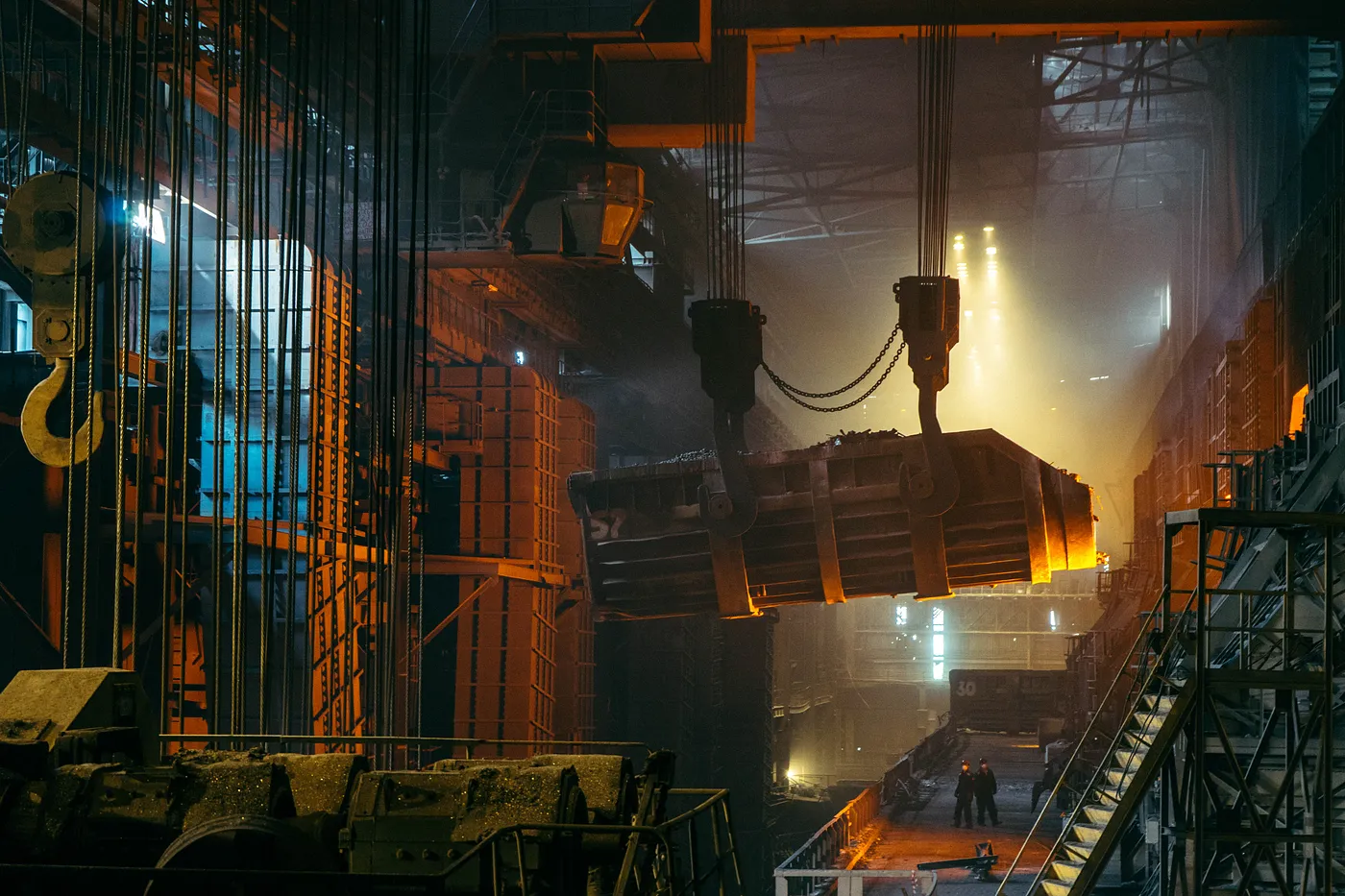Exploring the Evolution of Steel in Construction: From Ancient Times to the Modern Day

What is Steel?
Steel is a fundamental building material valued for its strength, durability, and versatility, making it essential in various construction projects. Its ease of use further contributes to its popularity in the construction industry.
Steel is an alloy composed of iron, carbon, and other elements. The precise composition of steel bars used in construction projects varies depending on the project's requirements. Typically, construction steel is made of iron and carbon, with small amounts of manganese, phosphorus, sulfur, and silicon. The carbon content influences the steel's properties: higher carbon levels produce stronger but more brittle steel, while lower levels yield softer, more ductile steel. Additional elements like chromium enhance corrosion resistance, and vanadium improves strength and toughness.
Steelmaking
Steel is a man-made alloy, primarily composed of iron, which naturally occurs in the Earth's crust but is not found in a pure form. To be used as a building material, iron must be extracted from iron ore and processed.
Steelmaking involves heating iron to a high temperature, typically in a furnace, in the presence of oxygen. This causes the iron to react with oxygen, forming iron oxide (rust). The iron oxide is then removed from the steel through a chemical process or by melting the steel and removing impurities. The result is steel—a material much stronger and more durable than pure iron.
The Invention of Steel
While the modern steelmaking process was developed in the 19th century by Henry Bessemer, the exact origin of steel remains unknown. Bessemer's innovation involved blowing air through molten iron to remove impurities, creating a more rigid and consistent product. This process, known as the Bessemer process, revolutionized the steel industry by making steel production more efficient and cost-effective.
Before the Bessemer process, steel was made using the crucible steelmaking method, which was labor-intensive and produced a lower-quality product.
Steel in History
The ancient Hittites, who lived in modern-day Turkey, are the earliest known civilization to have used steel-like materials, around 4000 years ago. They produced steel by heating iron in a furnace with carbon, such as coke or charcoal, to remove impurities and create steel.
Over the centuries, steel production became more widespread, with advancements in refining and shaping the material. The 19th and 20th centuries saw rapid expansion in the steel industry, driven by new technologies for large-scale production.
Steel in Construction
The first known use of steel in construction occurred in the 19th century. Before this period, iron was the primary structural metal. The Eads Bridge in St. Louis, Missouri, completed in 1874, was the first major construction project to utilize steel. The late 19th and early 20th centuries saw a surge in steel use due to its strength, durability, and adaptability to various shapes and sizes. Today, steel is a common material in constructing buildings, bridges, and other infrastructure.
Steel During the Industrial Revolution
The Industrial Revolution greatly impacted steel production and its use in construction. Before this period, steel was rare and expensive, used mainly for decorative purposes or high-quality tools. New methods, such as the Bessemer process and the open-hearth furnace process, allowed for large-scale, cost-effective steel production. This led to a significant increase in steel's use in construction, replacing traditional materials like wood and brick for taller and more complex structures.
Steel in the Modern Era
The Industrial Revolution's advancements in steel manufacturing technologies allowed for the production of larger quantities at lower costs, making steel more accessible to builders and contractors. Steel's strength and durability make it ideal for large structures such as bridges and skyscrapers. Additionally, steel can be easily shaped into a wide range of forms, enhancing its versatility in construction projects.
During the 19th century, steel was used in various construction projects, including bridges, factories, warehouses, and some residential buildings, although the latter was less common due to steel's higher cost compared to materials like wood and brick.
The development of construction techniques such as "riveted" joints allowed for the creation of large, steel-framed buildings capable of withstanding the stresses of high-rise construction.
Steel in the Modern Day
Today, steel is highly valued in modern construction for its strength, durability, and versatility. It is commonly used in commercial, residential, and industrial structures. Steel's ability to span large distances makes it ideal for constructing tall buildings and long bridges.
In regions prone to earthquakes and other natural disasters, steel is preferred due to its superior seismic resistance, capable of withstanding high levels of stress and deformation without collapsing.
Despite its advantages, steel is not always the most cost-effective choice for construction projects. It is generally more expensive than materials like concrete, and the costs of fabrication and transportation can add to the overall expense. However, when the benefits outweigh the costs, steel remains the material of choice for structural engineers and construction professionals.
Global Steel Production
It is challenging to provide an exact estimate of the global steel supply due to the constantly changing nature of production and consumption. However, according to the World Steel Association, global crude steel production reached a record high of 2.2 billion metric tons in 2021, a 5.4% increase from the previous year.
The majority of steel produced is used in the construction industry, with significant consumption also in the automotive and machinery sectors. The recycling and reuse of steel have become more prevalent, reducing the demand for raw materials.
Top Steel-Producing Countries
According to the World Steel Association, the top steel-producing countries in 2021 were:
- China: 1.033 billion metric tons (approximately 50% of global production)
- India: 118.1 million metric tons
- Japan: 96.3 million metric tons
- United States: 86 million metric tons
- Russia: 76 million metric tons









